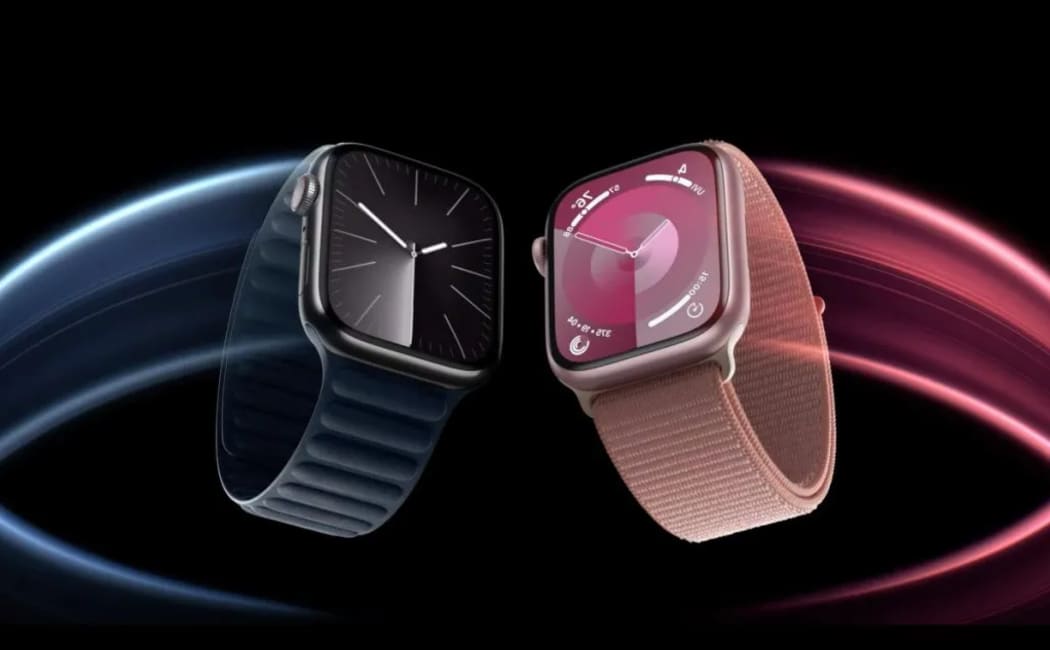Apple Restores Blood Oxygen Tracking on Select Apple Watch Models After Legal Win

Apple Restores Blood Oxygen Tracking on Select Apple Watch Models After Legal Win
Apple Watch users in the United States have reason to celebrate. Following a crucial U.S. Customs ruling, Apple has successfully restored the Blood Oxygen monitoring feature for certain models of its popular smartwatch lineup. This update directly affects the Apple Watch Series 9, Series 10, and the Apple Watch Ultra 2, which had previously lost access to this health tool due to an ongoing legal dispute.
Why the Blood Oxygen Feature Was Removed
The Blood Oxygen app, introduced as a wellness feature, became the subject of a lengthy patent battle that temporarily disabled its use for new Apple Watch buyers in the U.S. Apple, however, has now regained ground, ensuring that health-conscious users can once again access this essential tool. The twist? Unlike before, the oxygen data will no longer be processed on the watch itself but will instead be calculated on the paired iPhone and displayed through the Health app under the Respiratory section.
How the Updated Blood Oxygen Tool Works
Once updated, users will still access the familiar Blood Oxygen app on their Apple Watch, but readings are securely transferred to their iPhone. This redesigned system ensures accurate results while complying with the ruling that initially restricted the feature.
Step-by-Step Guide to Enable Blood Oxygen on Apple Watch
To regain access, users must ensure their devices are running the latest software updates. Here’s a simple walkthrough:
1. Verify Your Watch Model
- On your Apple Watch, open Settings > General > About.
- Check the Model Name to confirm if it is Series 9, Series 10, or Ultra 2.
- Ensure it is a U.S. model by checking your purchase details or Apple ID account. Models ending in LL/A are typically U.S. variants.
2. Update Your iPhone
- On your iPhone, go to Settings > General > Software Update.
- Install the latest iOS version, currently iOS 18.6.1.
3. Update Your Apple Watch
- Open the Watch app on your iPhone.
- Navigate to General > Software Update.
- Install the latest watchOS update, watchOS 11.6.1.
4. Restart Devices
After installation, restart both your iPhone and Apple Watch to ensure the new features activate correctly.
5. Using the Blood Oxygen App
- Open the Blood Oxygen app on your Apple Watch.
- Press the Digital Crown, then select the app.
- Sit still with your wrist flat and tap Start.
- Your iPhone will process the measurement, which will then appear in the Respiratory section of the Health app.
6. Viewing Results in the Health App
- Open the Health app on your iPhone.
- Go to Browse > Respiratory > Blood Oxygen.
- You can filter results by sleep readings, workouts, or high-altitude measurements for detailed insights.
Why This Update Matters
For many Apple Watch users, Blood Oxygen tracking is a vital tool. Whether it’s monitoring oxygen saturation during workouts, keeping track at high altitudes, or simply ensuring general wellness, this metric has been one of the most popular features. By restoring it, Apple has reaffirmed its commitment to user health and fitness.
It’s important to note that the Blood Oxygen app is designed for wellness purposes only. It should not replace professional medical advice, diagnosis, or treatment. Apple specifically advises that the feature is meant for users over the age of 18.
Other Apple Watch Health Features
Beyond Blood Oxygen monitoring, the Apple Watch remains a powerhouse for health tracking. Models like the Series 9, Series 10, and Ultra 2 also include:
- ECG monitoring for heart rhythm detection
- Irregular rhythm notifications
- Sleep apnea alerts
- Fall detection and SOS emergency calls
- Temperature sensing for wellness tracking
- Mindfulness tools to reduce stress
What This Means for Apple Users
This development is more than just a feature restoration—it’s a win for consumers. The U.S. Customs ruling has ensured that Apple Watch buyers regain access to a tool that many considered essential. For fitness enthusiasts, adventurers, and everyday users, the return of Blood Oxygen tracking is a reassurance that Apple remains committed to delivering cutting-edge health technology, even in the face of legal challenges.
Updating to the latest iOS and watchOS versions not only reactivates Blood Oxygen tracking but also enhances the overall user experience with new system optimizations. For anyone who owns an eligible Apple Watch model, now is the time to update and unlock this valuable feature once again.
Final Thoughts
Apple’s victory in restoring the Blood Oxygen feature highlights the brand’s resilience and dedication to user wellness. By shifting the data processing to the iPhone, Apple has found a clever way to comply with legal restrictions while still empowering users with life-enhancing health insights. If you own a Series 9, Series 10, or Ultra 2 Apple Watch, updating today means bringing back a feature that could one day make a life-saving difference.
